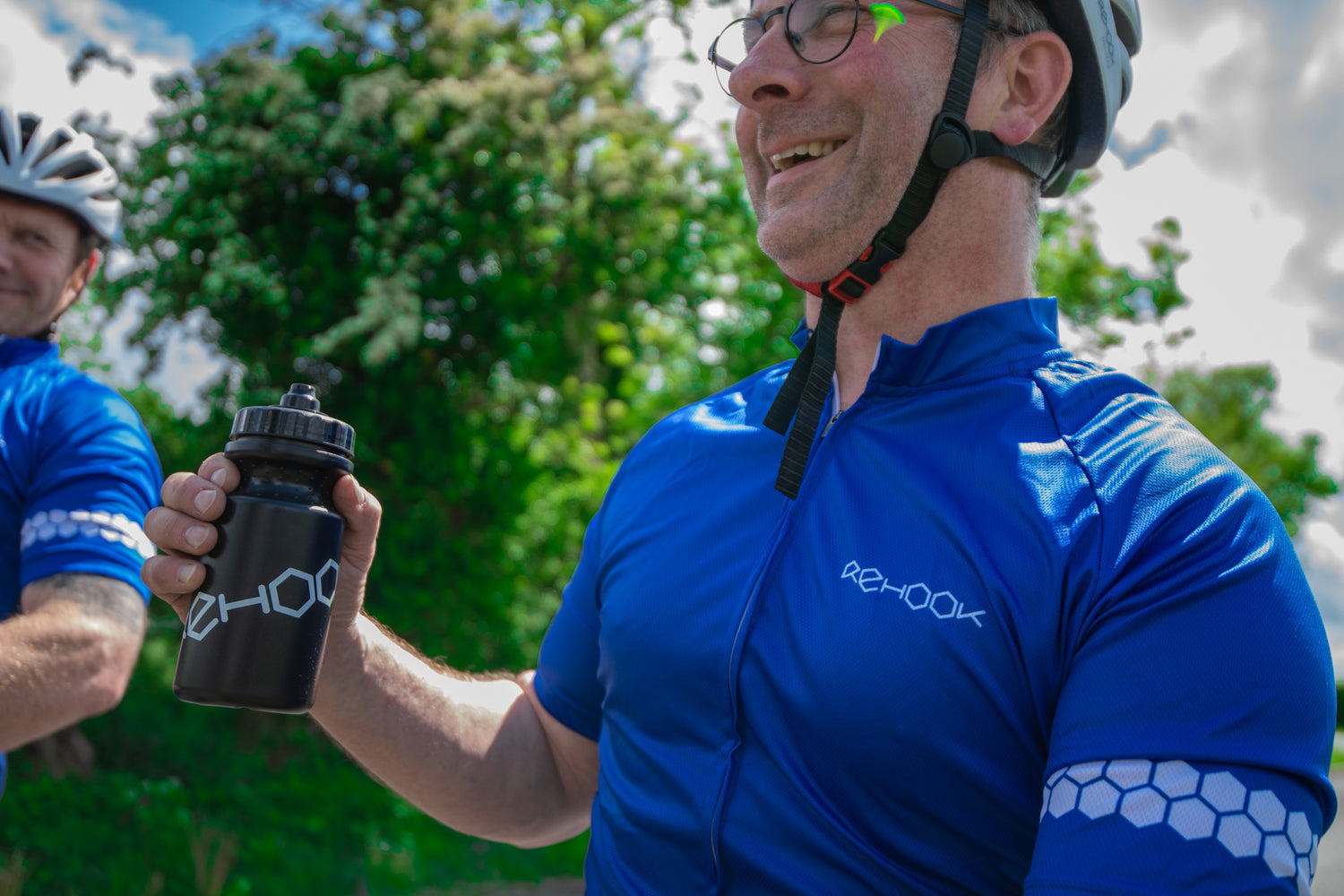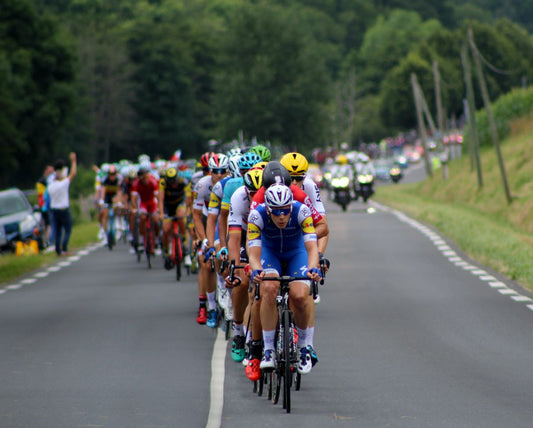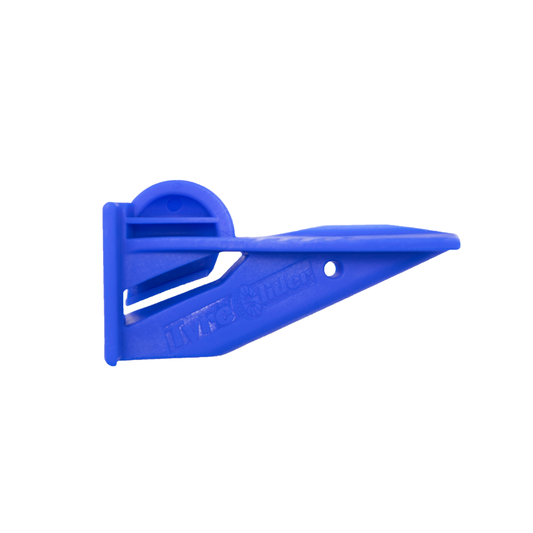tork-ing
Verb
Applying pressure to the pedals while pedaling in a circular motion.
Example usage: I was torquing up the hill on my bike.
Most used in: Mountain biking and road cycling.
Most used by: Experienced cyclists.
Popularity: 8/10
Comedy Value: 4/10
What is Torquing?
Torquing is a term used in cycling to describe the amount of force applied to the pedals when pedaling. It is measured in Newton meters (Nm) and is the most important factor in determining a cyclist’s power output. The higher the Nm, the greater the power output.
Torquing is important because it helps to create an efficient pedaling technique. When a cyclist applies the correct amount of torque to the pedals, they can maximize their power output while also reducing fatigue. This is important for cyclists who are looking to improve their performance, as it can help them achieve their goals more quickly.
It is estimated that the average cyclist produces between 25-30 Nm of torque. Professional cyclists can produce up to 100 Nm of torque, while elite cyclists can produce up to 150 Nm. The amount of torque produced will also vary depending on the type of bike and the terrain being ridden.
By understanding how to properly apply torque to the pedals, cyclists can maximize their performance and reduce fatigue. This can be achieved through proper technique, strength training, and the use of the correct gearing. All of these factors will help the cyclist to ride faster and more efficiently.
What is Torquing and Where Did it Come From?
The term “torquing” is often used in the cycling world, referring to the use of increased torque to increase power output when pedaling. The term was first used in the early 1990s, when cyclists in the United States began experimenting with different techniques to maximize their power output.
The term “torquing” was coined by cyclists in the US who were trying to find a way to increase their power output without increasing their cadence. This technique involved applying more force to the pedals while maintaining the same cadence, thereby increasing the torque and power output. This technique was quickly adopted by other cyclists around the world, and the term “torquing” became widely used in the cycling community.
Today, “torquing” has become an essential part of many cyclists’ training regimens, as it can help to increase power output without increasing cadence. The term has been adopted by professional cyclists and is now used by amateur cyclists around the world.












